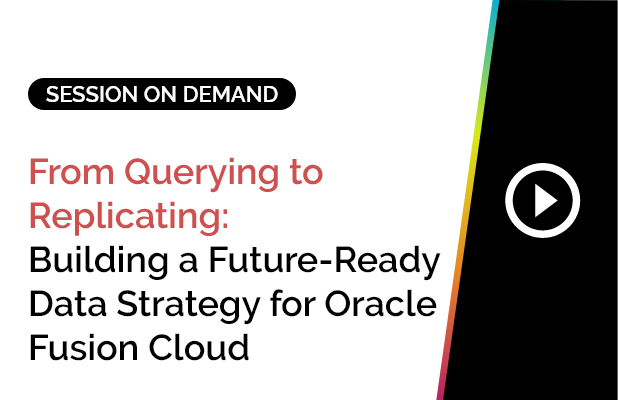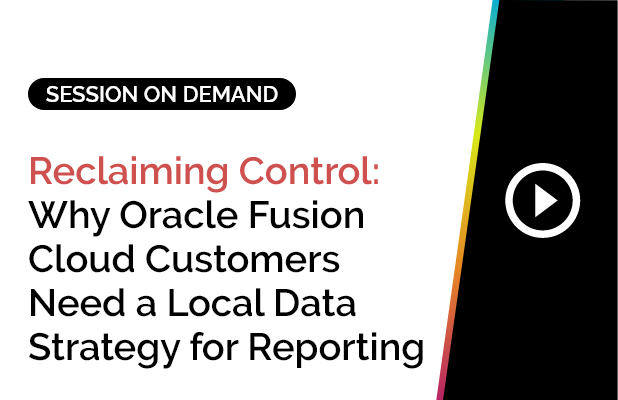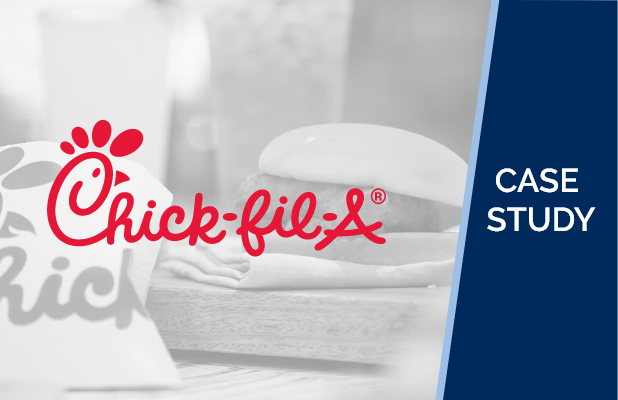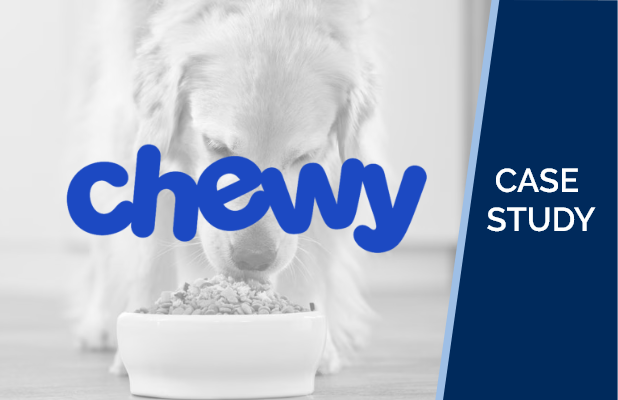For over a decade, we’ve been talking about the wave of millennials about to flood the workforce. We worried and fretted about the demands of this new generation. They’re smart, energetic, and they demand opportunity and personal development. Also, they love social media. To engage millennials in the workplace is not a cakewalk!
Millennials are about half of our workforce and will soon be the majority. Also, many of the cultural sensibilities held by the millennial generation have rubbed off on the earlier generations. I stopped using the term “millennial” a few years ago. It’s just the modern workforce.
Expectations of the Modern Workforce
Employee expectations have evolved. When I grew up (in the 1970s), our career goal was to find an employer and work there for about 40 years. We hoped for some promotions and expected a series of gold watches to commemorate the passing decades. Outside of this, we didn’t expect much of our employers.
The millennial employee has different goals. They want to learn and grow at the pace of the technology around them. In the 70s, an acquired skill was useful for decades. These days, workers’ skills become obsolete in 5-10 years. Constant change is required to stay relevant.
Here are some attributes of the modern workforce
- Opportunity is king. Employees today will grow with an employer only if there is an opportunity for growth. Workers who are in the same position for too long will look for change, likely with a different employer.
- Average job tenure among millennials has reduced to -4.5 years because of lack of opportunities to grow.
- They care about company culture a lot. The modern worker wants to share purpose with their employer. They want their work and product to align with their values.
- They embrace technology, especially social media.
- They love regular feedback.
How to Improve and Engage Millennials in the Workplace?
There are many things we can do which don’t involve turning your organization sideways. Here are some recommendations on how to engage millennials in the workplace:
1. Find out What Makes Your Workforce Tick.
The first step is to assess the health of the organization using basic people analytics. It’s critical to know what areas need improvement. Headcounts, performance, and retention KPIs will illuminate the areas which require the most attention. Using HR predictive analytics, we can forecast the likelihood of exit for every employee. In other words, we can identify employees who are likely to quit soon, which tells us where to focus first.
We then examine the exit drivers to identify factors contributing to exits. For example, we might discover that the engineering team would 10% more likely to stay if allowed flex time. The remedy for this is self-explanatory. It’s also common to discover that compensation is a factor. In one case, employees in the bottom compensation quartile had an elevated exit risk, but people in the upper quartiles were less impacted by compensation. In this case, we’d focus on the people in the bottom pay quartile. There’s no need to shower money on people who aren’t very motivated by it.
2. Make Career Development a Top Priority
Career development means more than just training. People perform best when they have an attainable career goal. We start with the classic “where do you see yourself in 2 years?” question and execute development plans to achieve that goal.
A common failure with career development is to offer education without providing real time opportunities. It has a negative effect if we train resources who then take those skills to a different employer. The idea is to develop employees for roles at your organization. It’s not development for development’s sake.
3. Hire to Your Culture
Modern workers want to share purpose with their employers. We want to attract workers who align with our culture and love our product. For instance, a camping gear manufacturer will do well to look for workers who love the outdoors and love camping.
You could write a profile of the ideal candidate:
1) I love the outdoors and go camping several times a year. I spend majority of my time in nature and do what I can to preserve it.
For contrast, here’s a profile of candidate who might be a better fit at a different organization:
2) I love the NFL and fantasy football. During the season, I watch games every weekend while eating snacks.
It’s pretty clear which candidate would be a better fit for our organization. For me, this kind of cultural fit would override a modest gap in hard skills. In addition to hiring to our culture, we also need to live it. A camping organization should love camping and even the environment. A camping organization won’t want to be associated with dumping toxic waste.
4. Recognize and Listen to the Workforce
Millennials require recognition and motivation more often than previous generations. They also want to be heard. It used to be enough to hand out service awards for tenure (here’s a gold watch for staying another year) and award an occasional rock star bonus. The modern worker wants to be recognized for their work more often – at least once a week. A peer recognition and pulse survey system can cover this need. Just don’t forget to pay attention to the data.
5. Make Technology Decisions with your Workforce in Mind
We frequently need to select technologies to support our business. We look for a solution that fits our needs but repeatedly fail to consider the people we require to support the technology. An essential factor to consider is how desirable these skills are.
I’m in the software business, so I’ll use a software example. Let’s say I’m about to develop a new product that predicts winning lottery numbers. I could write it in several computer languages, but R and Python are the top contenders. R is venerable, while Python is cooler and newer.
We’ve dabbled in R a bit. A few people on my team know R, but only one person knows Python. I also know R. How to decide? R is a tempting option. It would probably be faster to use R. The R product would function just as well as a Python product would. To get a fuller answer, let’s look at the people factor.
- The people on my team don’t want to learn R. They feel the skill is dated and won’t advance their careers.
- It’s hard to recruit R engineers because they are becoming scarce
- Python is popular with engineers. New graduates frequently have strong Python skills.
- People factor makes Python the clear winner. While it might be cheaper to develop in R initially, the long term viability is far better with Python. If we did go with R, we’d probably end up re-platforming to Python and transitioning our team again.
Not to be Too Stodgy
- Organizations have accepted that social media and mobile devices have invaded the workplace. The days of blocking access to social media sites are pretty much over. We must recognize that our workers will use social media responsibly. Also, we can still monitor a little.
- In addition to accepting social media and mobile devices into our offices, we can offer our social platforms for employees. Steps like these go a long way in retaining employees. Employee retention has been a significant problem in the pursuit of organizational growth.
Sum up
We can do a lot to keep the modern workforce engaged. Most of their expectations (growth, shared purpose) are good for business. They want to stay engaged. All we have to do is enable it.













